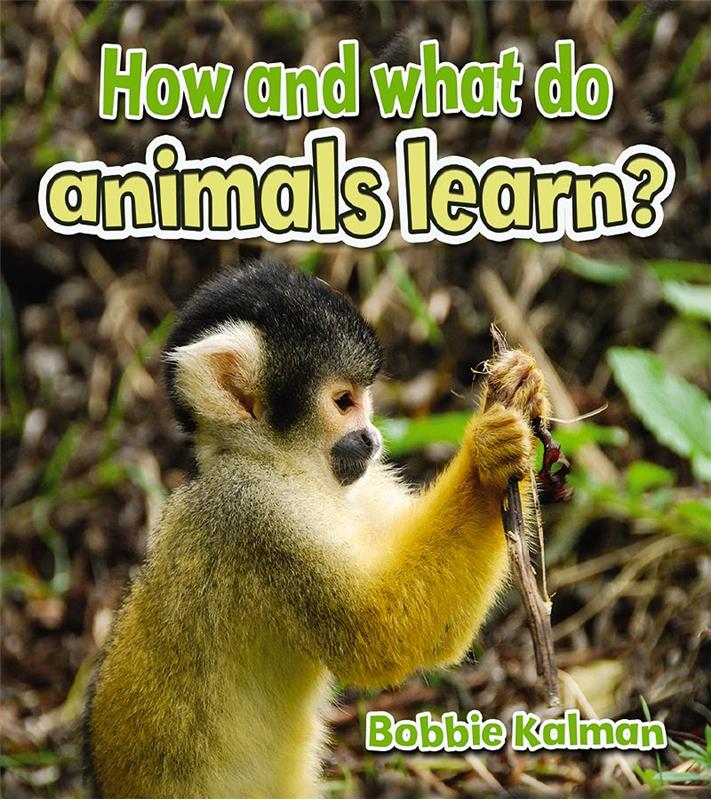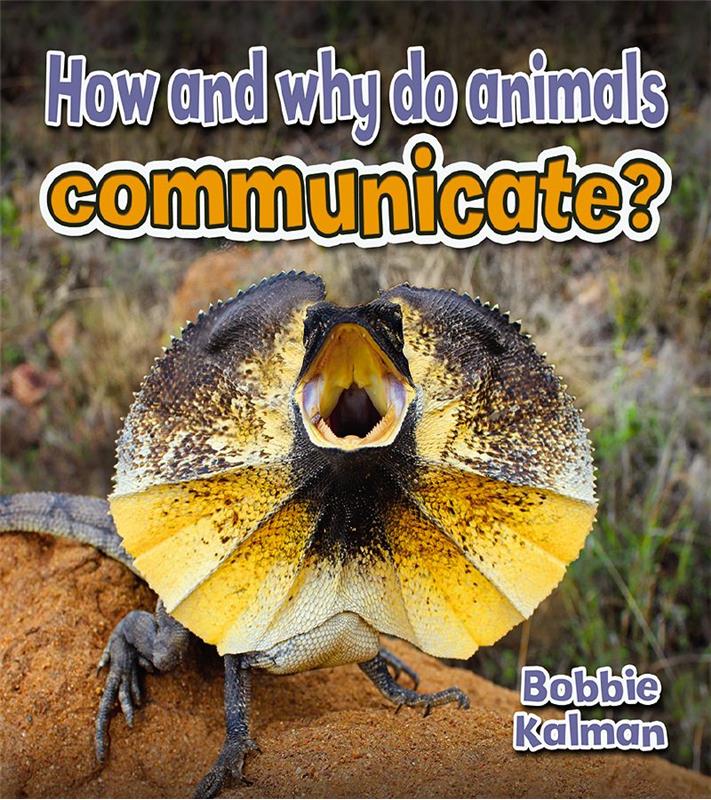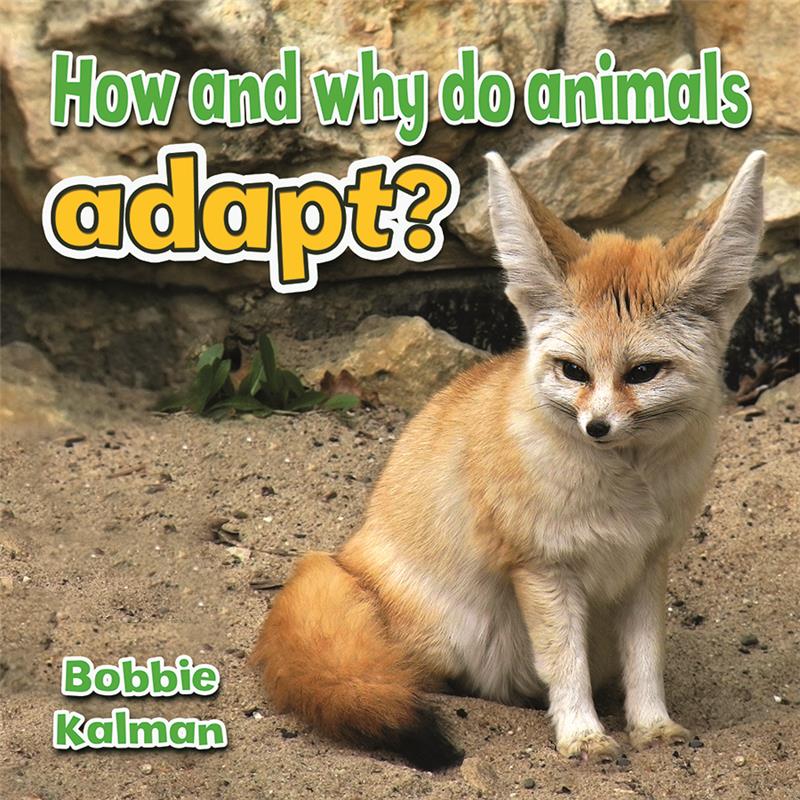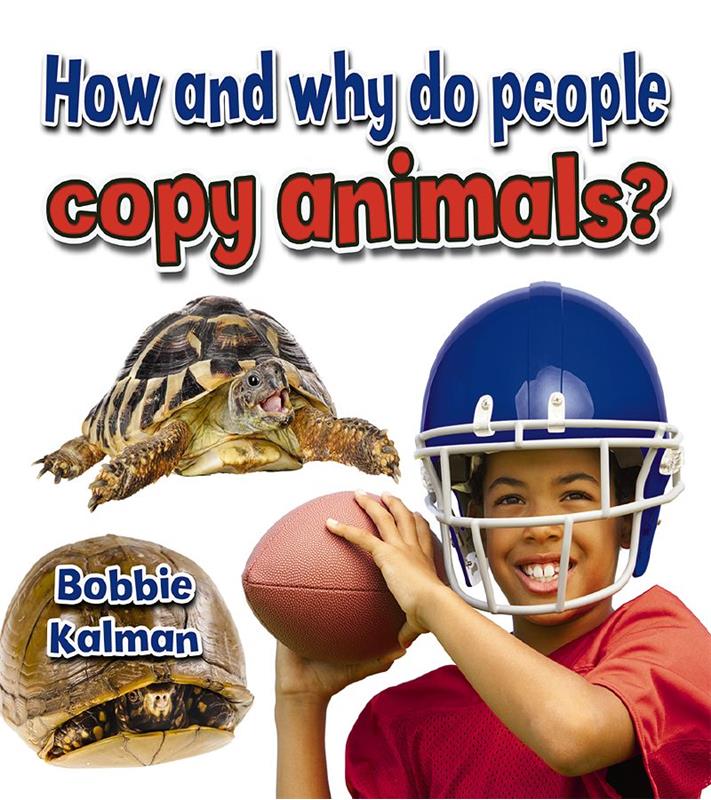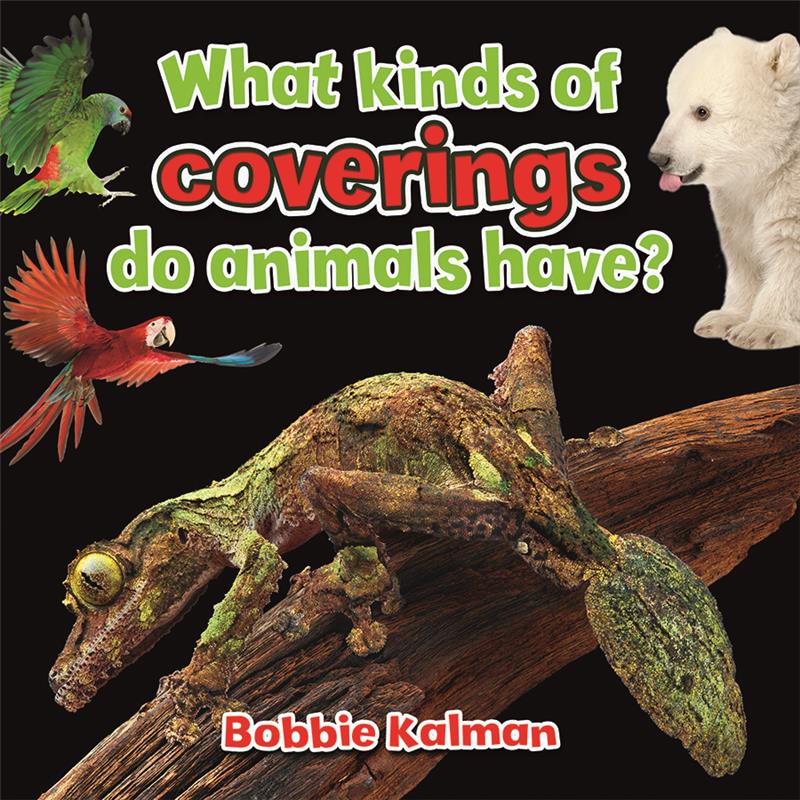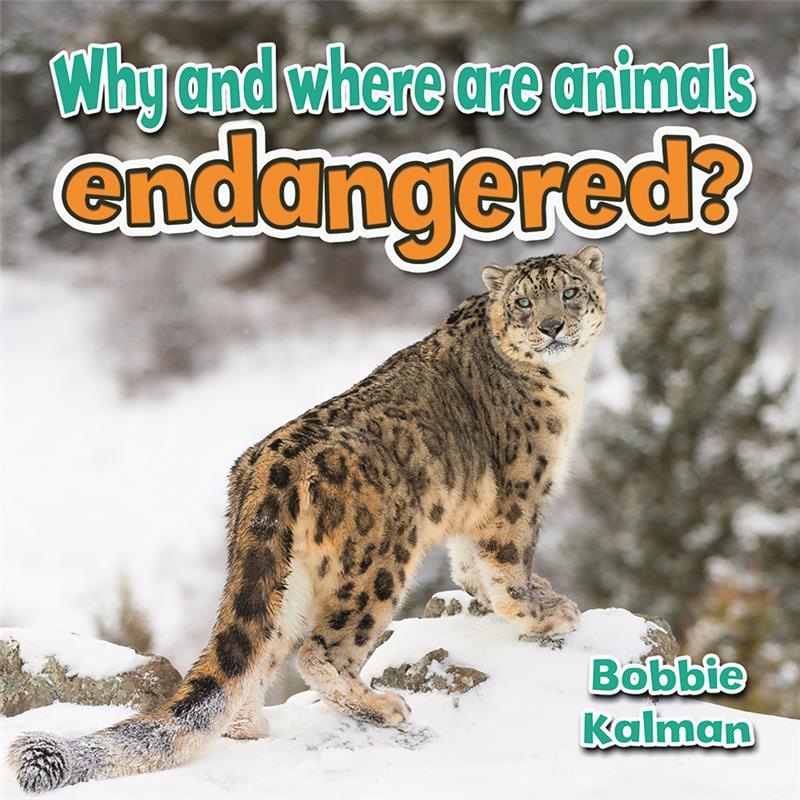| ________________
CM . . .
. Volume XXII Number 7. . . .October 16, 2015
excerpt:
Six new titles have been added to the “All About Animals Close-Up” series designed for very young readers. Like the other books in the series, these titles have 10 chapters each as well as a table of contents, a glossary and an index. A brief list of books and websites for further information is provided. Some of the book titles could be slightly reworded in order to make them sound more pleasing to the ear. Short sentences make up the kid-friendly text which is printed in a large, simple font while small “What Do You Think?” text boxes pose questions related to the topic. At the back of each book is an activity to try or a question to ponder. These activities range from drawing a world map and adding pictures of endangered species to writing a make-believe story. Though the series might be useful in a primary classroom, there is nothing new here. Not only is the information readily available in better books on the various topics, but it is also available in many of the Crabtree series already. The titles also vary in the amount and complexity of information. For example, the vocabulary in Why and Where are Animals Endangered? is more difficult than that of the other titles, with such terms as “vulnerable”, “invasive species”, “endemic animals” and “critically endangered”. And with so few pages in each book, why is valuable “real estate” being wasted on large pictures (e.g. a photo of kids playing on a spider-web shaped climber, supposedly to demonstrate that the web shape is something that humans have copied), or cutesy photos of cats wearing birthday hats with the photo caption reading, “How do cats and dogs celebrate birthdays? Do you think they sing and take pictures? Why or why not?” On the plus side, some of the text which accompanies the photographs actually provides more interesting facts than does the main body of the text. Occasionally, however, the questions posed to readers have no definitive answers. One example is the question beside a photo of a bear cub in a tree. The question asks, “Is the cub afraid it will fall?” This is pure conjecture for readers have no idea how skilled the cub has become at tree climbing nor whether the cub has been threatened. How and What Do Animals Learn? explains that animals need to learn in order to survive. Some of them learn from their parents and social groups while others rely on instinct alone. Topics in this title include hunting for food, communicating, staying safe and using tools. Lacking in information are the sections on communication and super senses as the text only provides a few examples. In How and Why Do Animals Communicate?, readers will learn that sound and touch are not the only ways in which animals send messages to one another. Animals also communicate through movement such as courtship dances; some can make themselves appear larger in order to scare off predators; and they teach their offspring important skills such as hunting and climbing trees through demonstration. This title also highlights body language, but this topic could have been discussed in more depth. For example, the positioning and movement of the ears and tail of some mammals can indicate mood. Animals that can adapt easily to new environments have the greatest chance of survival. How and Why Do Animals Adapt? explains that adaptations- both physical and behavioral- can happen quickly, or they can evolve over long periods of time, sometimes over hundreds or millions of years. Adaptations include the ability to survive in extreme temperatures; migrating to warmer places; living in social groups for protection, finding food and caring for the young; and protective coloration and mimicry. How and Why Do People Copy Animals? is an example of a title that falls short in that it could have presented so many more ideas. This book focuses on humans copying animal movement. such as flight and swimming, using the idea of turtle shells to design protective head gear and animal coverings to create Hallowe’en costumes and animal print clothing patterns, and building homes in caves, trees and on water as some animals do. Other aspects of animal life that humans supposedly copied are living together in groups and bullying. With so many other good examples of humans copying animals- observing snowshoe hares to design snowshoes to help walk on top of deep snow, examining different types of bird beaks to develop utensils such as nutcrackers, drinking straws and sieves, and looking at bats and flying squirrels to create parachutes, for instance- there seems to be a lot of space in this title that could have been put to better use. What Kinds of Coverings Do Animals Have? shows readers that the body coverings of animals relate to the kinds of habitats in which the animals live. Polar bears, for example, have thick fur to protect them from the elements in their harsh northern environment. Coverings can also enable the animal to move in a certain way (e.g. a bird’s stiff flight feathers), scare predators (e.g. the spines of porcupinefish), and hide from enemies (e.g. seasonal color change in the arctic fox and camouflage which makes the pygmy seahorse blend in with pink coral). Some animals even change their covering over the course of their life cycle, one example being the butterfly. (One point of contention: The text states that snakes have scales while other reptiles have scutes. In fact, snakes also have scutes.) The last double-page spread features humans and how they are covered, but the author mostly focuses on people’s clothing and how it is usually chosen to suit the activity, the weather or the setting. Why and Where Are Animals Endangered? introduces readers to the many issues facing animals in the wild: poaching; loss of habitat due to deforestation, water pollution, and human encroachment; overfishing; climate change; and the introduction of invasive species to an area. This title encourages readers to become advocates for endangered animals in order to ensure their survival. Of all the titles, this one has the most advanced vocabulary and the least “filler” material, thereby making the best use of the amount of space. Generally, these books have some good information in them but need revision in order to be more useful. How and What Do Animals Learn? - Not Recommended. Gail Hamilton is a former teacher-librarian in Winnipeg, MB.
To comment
on this title or this review, send mail to cm@umanitoba.ca.
Copyright © the Manitoba Library Association. Reproduction for personal
use is permitted only if this copyright notice is maintained. Any
other reproduction is prohibited without permission.
Next Review |
Table of Contents for This Issue
- October 16, 2015. |
